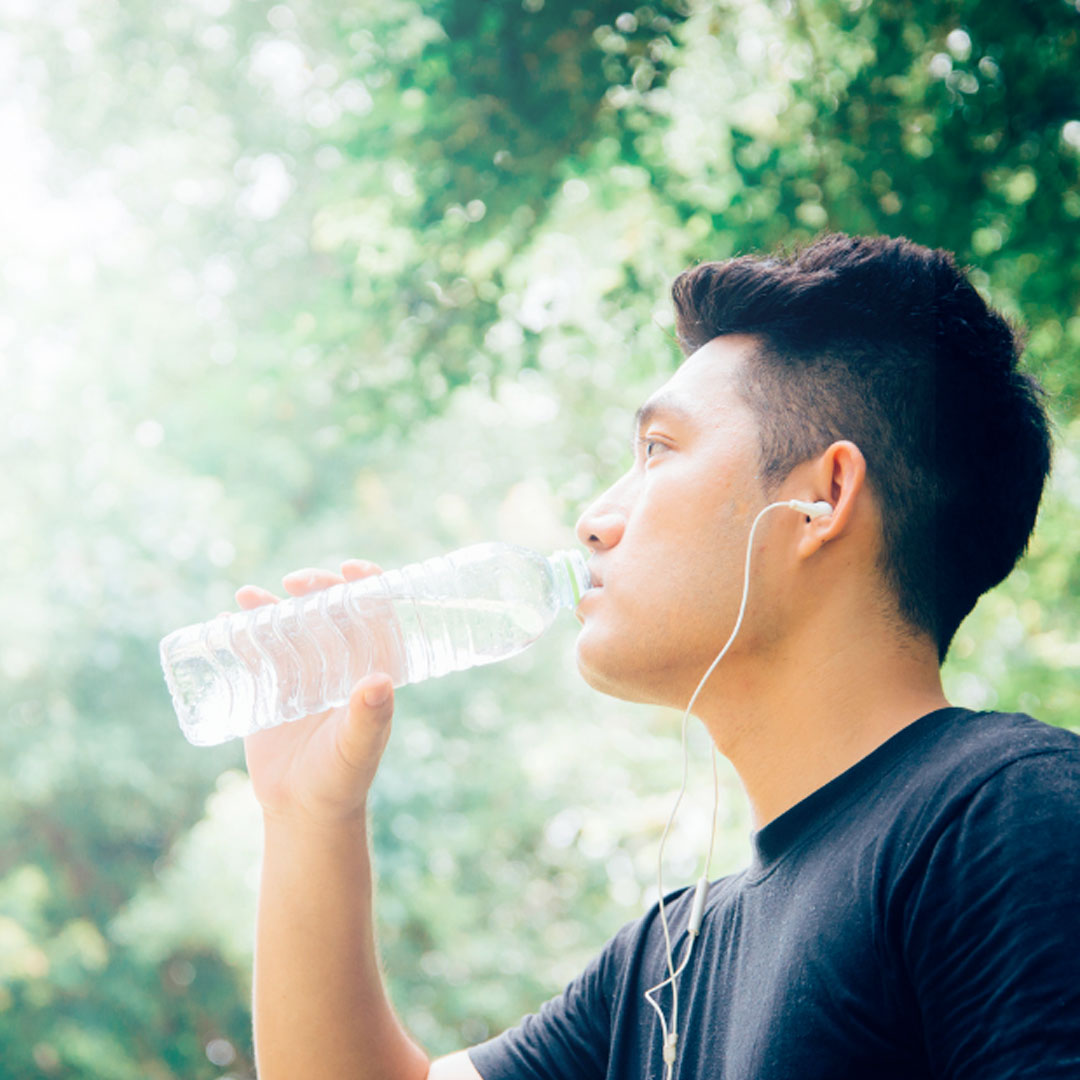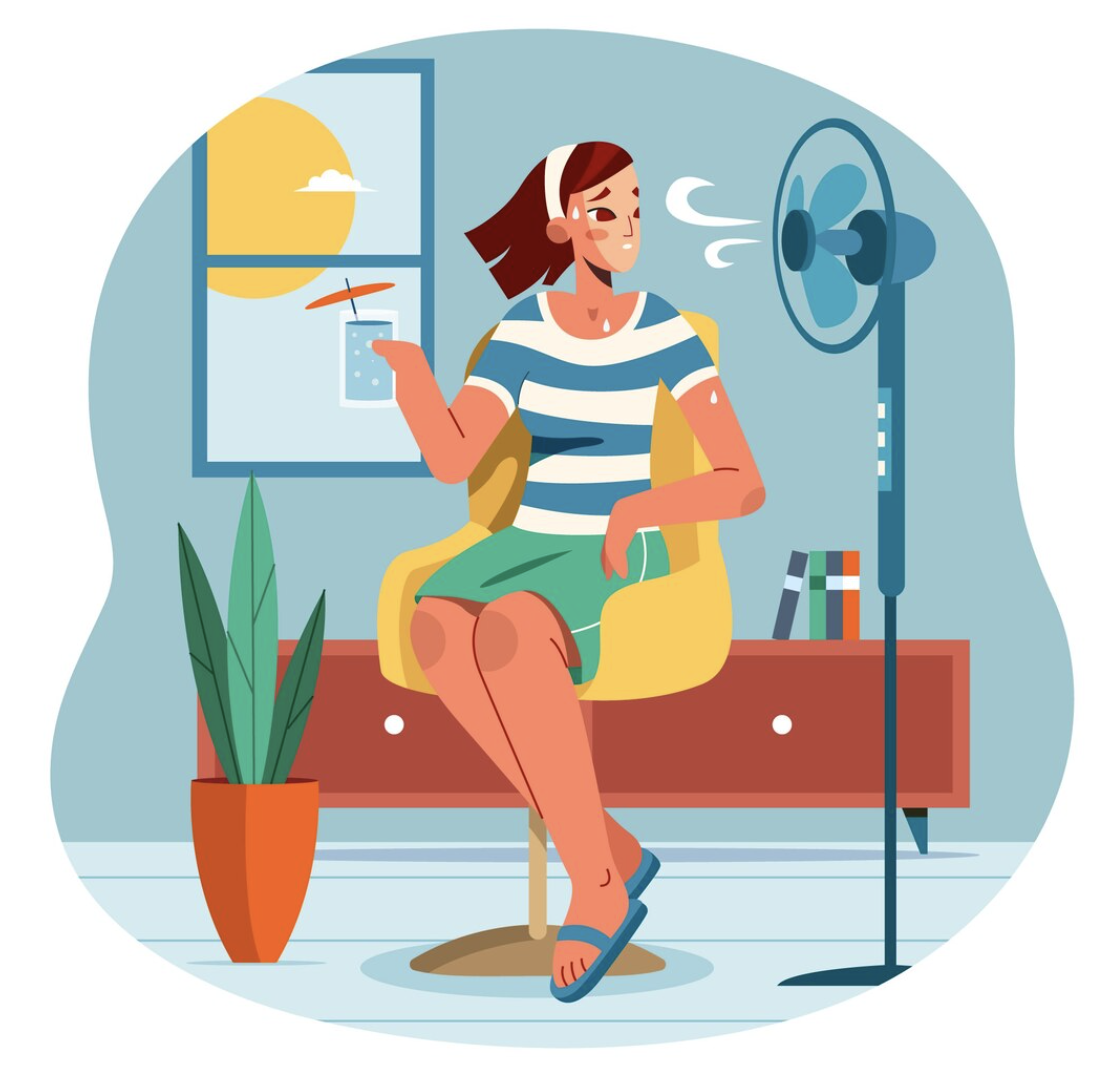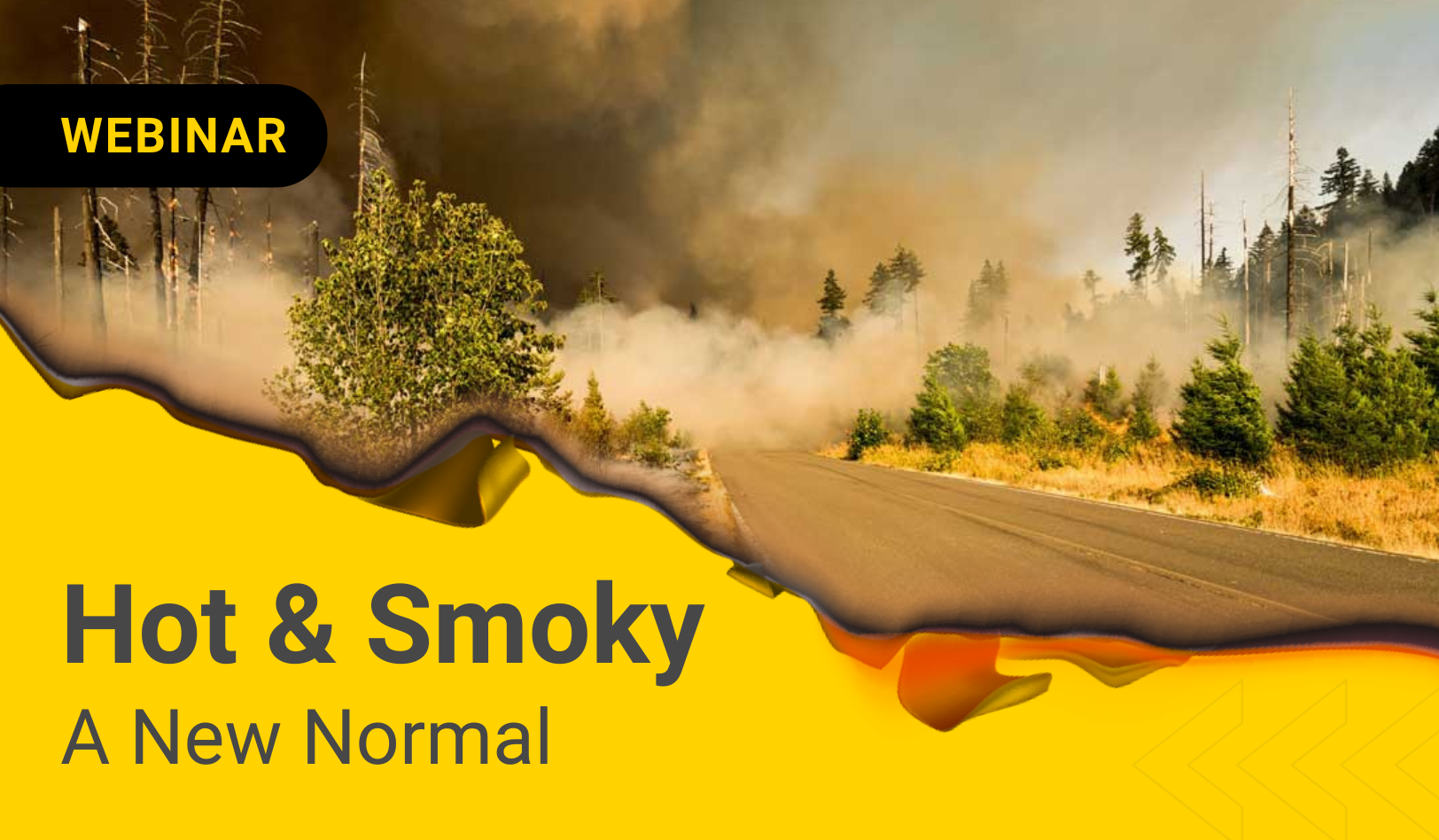#4 Stunts
Preparing Workers and Employers for the Summer Heat
Heat stress
Our bodies naturally maintain a temperature between 36°C and 38°C. Sweating cools our bodies down, but if you work in a hot environment this might not be enough. If your body heats up faster than it can cool itself, you experience heat stress. This can lead to serious heat disorders and potential injury. It is important to note that heat affects different workers in different ways depending on the type of work they are conducting and their general health. Additional consideration should be given to specific situations such as performers exerting themselves in direct sunlight, workers wearing additional PPE for their position or performers wearing costumes that may not be seasonal.
How workers are exposed
There are three main causes of heat stress.
The environment
• Radiant heat from direct or indirect sunlight (reflection from pavement or kilns)
• Air temperature hotter than skin temperature (warms a worker up)
• High humidity (makes it harder for a worker to cool down)
The work
• The more active you are, the more heat you will produce.
The worker
• Conditioning (regular work in hot environments makes workers less prone to heat stress)
• Poor health, including obesity, advanced age, and medical conditions (the body responds poorly to overheating)
• Not staying hydrated
• Excess clothing or inappropriate personal protective equipment (they trap heat and prevent cooling) cardiac arrest
Working in hot conditions or high humidity can lead to serious heat-related illnesses. Employers must have a tailored health and safety program in place. Learn how employers, workers, and supervisors can take action to prevent heat-related illnesses and stay safe with our Safety Bulletins.
Be prepared

Hydrate
Aim to drink eight ounces of fluids such as water or electrolyte drinks every 15 minutes. Avoid drinking alcohol or caffeine when working in extreme heat as these can dehydrate the body.

Protect yourself
Wear long-sleeve shirts and pants, a wide-brim hat, and sunscreen on any exposed skin.

Find shade
Staying out of the direct sun whenever possible is important for keeping body temperatures regulated when working in the heat. If shade isn’t available in the environment, it’s important to create areas with sun protection to provide relief for those on set.
Environmental experts are predicting extremely hot summers are our new normal.
Get ready for hotter summers! Watch our FREE webinar to learn about the effects of heat and wildfire smoke exposure. Discover how to create effective exposure control plans for non-traditional environments like film sets and outdoor festivals.
In addition to supporting performers and crew members with these precautions, in certain situations employers are required to develop an exposure control plan (ECP) before work commences, to properly assess, develop, and implement controls that will help reduce the risk of working in hot conditions specific to entertainment production worksites. The ECP should cover topics such as risk identification, education and training, written work procedures, and roles and responsibilities for everyone on site.
Know the warning signs
As important as it is to take all the necessary precautions when working in the sun or heat, being able to recognize the early warning signs that come with heat-related illness can help prevent serious illness or injury. Supervisors should ensure crew members know the warning signs of heat-related illness, as these can quickly develop into heat exhaustion or heat stroke. If any of these symptoms are observed, performers and crew members should stop working immediately and take action to protect themselves or others.
The leading cause of weather-related death in Canada is now extreme heat events, with the 2021 ‘heat dome’ recognized by the BC Coroner’s Office as the deadliest weather event on record in Canada (BCCDC, n.d.; CBC News 2023). While heat-related illness and can impact every person differently, the presence of the following indicators may put some at greater risk than others: dehydration, lack of sleep, fatigue, lack of recovery from the previous day, gastrointestinal discomfort, having not recently eaten or being in a fasting state, and psychological stress (Morissey et al., 2021). Employers can help to mitigate workers’ risks by developing effective and tailored educational programs surrounding post-cooling strategies to practice after a work shift under heat exposure to enhance their physiological recovery process (Morissey et al., 2021). For example, temperatures decrease less at night indoors compared to outdoors and peak temperatures during multi-day extreme heat events have a cumulative effect, meaning workers can increase their risk while at home as well as the following day at work if their core body temperature is not regulated effectively. Outdoor temperatures often peak around 5 p.m., whereas indoor temperatures usually peak between 9 and 10 p.m. (PreparedBC, n.d.). Raising worker awareness to these variables can help them to stay safe as well as achieve optimum rest and recovery.
Suggestions for staying cool indoors so you can get proper rest between work shifts:

- Put up external window covers to block the sun if you can safely do so.
- Close your curtains and blinds during the day.
- Keep doors and windows closed between 10 a.m. and 8 p.m. to trap cooler air inside. Open them at 8 p.m. to allow cooler air in.
- Reconfigure the coolest location in your home so you can sleep there at night. As outdoor temperatures are usually lower overnight, consider sleeping outside if you can safely do so.
- Use fans, including kitchen and bathroom exhaust fans, to move cooler air through the house at night.
- Sleep wearing a wet shirt or with a wet bed sheet.
- Take cool showers or baths to draw heat from your body.
- Drink a lot of water, whether you feel thirst or not, and avoid sugary or alcoholic drinks (PreparedBC, n.d.).


